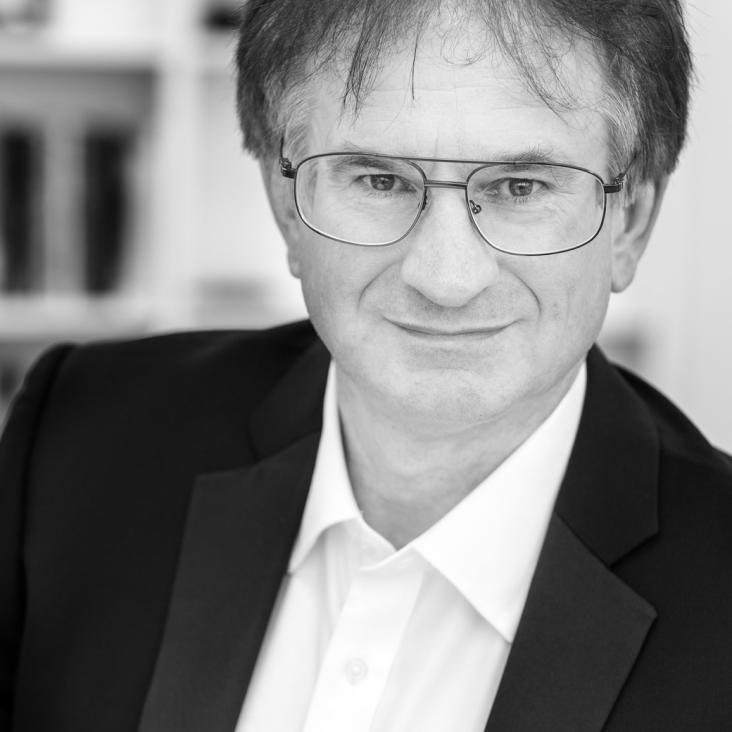Measurement of the B- lifetime using a simulation free approach for trigger bias correction
Physical Review D - Particles, Fields, Gravitation and Cosmology 83:3 (2011)
Abstract:
The collection of a large number of B-hadron decays to hadronic final states at the CDF II Detector is possible due to the presence of a trigger that selects events based on track impact parameters. However, the nature of the selection requirements of the trigger introduces a large bias in the observed proper-decay-time distribution. A lifetime measurement must correct for this bias, and the conventional approach has been to use a Monte Carlo simulation. The leading sources of systematic uncertainty in the conventional approach are due to differences between the data and the Monte Carlo simulation. In this paper, we present an analytic method for bias correction without using simulation, thereby removing any uncertainty due to the differences between data and simulation. This method is presented in the form of a measurement of the lifetime of the B- using the mode B-→D0π -. The B- lifetime is measured as τB -=1.663±0.023±0.015ps, where the first uncertainty is statistical and the second systematic. This new method results in a smaller systematic uncertainty in comparison to methods that use simulation to correct for the trigger bias. © 2011 American Physical Society.Link model simulation and power penalty specification of the versatile link systems
JOURNAL OF INSTRUMENTATION 6 (2011) ARTN C01088
The radiation hardness of specific multi-mode and single-mode optical fibres at -25°C beyond a full SLHC dose to a dose of 500 kGy(Si)
Journal of Instrumentation 5:11 (2010)


